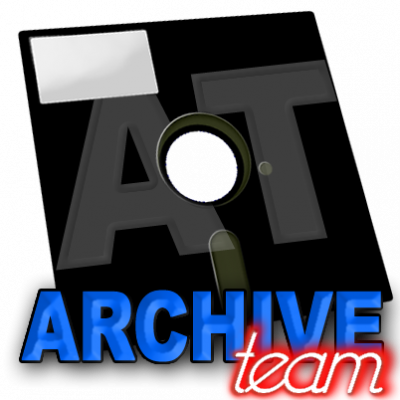Metadata on Exhibit
Metadata is critical for organizing archival and museum collections. It not only provides fundamental facts for researchers like the dates, dimensions, and creators of objects, but can also make resources more discoverable by providing search terms or multiple ways to sort and browse through items in an online database. The role of metadata as part of an interpretive exhibit is more ambiguous, however. While detailed metadata about exhibit items should be made available, incorporating it prominently into an exhibit can create large, crowded labels that distract from the exhibit narrative. Furthermore, whereas historical exhibits often select and juxtapose objects to reveal a shared theme or context, museum metadata consists of information about artifacts as solitary pieces, potentially disrupting an exhibit’s effort to emphasize context and relationships.
The online exhibits at Recollection Wisconsin achieve an ideal balance between making rich metadata available for those who want it without interrupting their exhibits’ narrative flow. The Exploring Effigy Mounds exhibit, for example, showcases photographs and documents about mounds from collections around Wisconsin while embedding them within a succinct narrative about the origins, destruction, and protection of the monumental earthworks built by indigenous people. A caption below each object gives its creator, date, and current owner in a concise format that does not distract from the primary exhibit text. Viewers can still access more detailed metadata, however, because each object is hyperlinked to its corresponding database page at the repository that owns the item. The database page provides full catalog metadata including dimensions, physical description, rights, and other information not included in the exhibit captions. Researchers can also search these databases individually or all together via Recollection Wisconsin’s unified search engine to find additional related objects not shown in the exhibit itself.
A potential downside to the exhibits at Recollection Wisconsin is that because the databases holding metadata are provided by many different repositories, they could conceivably provide data in inconsistent formats or with varied levels of description. In the Exploring Effigy Mounds exhibit, this is not really a problem, because each participating repository uses the same database system, ContentDM, and a mostly common set of metadata fields. An exhibit that showcased items from competing databases with multiple metadata standards like Dublin Core, CDWA, EAD, and MARC, however, might make it more difficult for researchers to compare specific details about the exhibit items. Another potential issue with linking to the metadata at another repository is that if that institution changes or updates its database system, it could potentially change the URL of the item description and break the exhibit’s hyperlinks, requiring vigilant maintenance by the exhibit host.
The Wisconsin Historical Museum’s online exhibits take a different approach to metadata that is adequate, if a bit less successful. Although the Wisconsin Historical Society hosts several collection databases with rich metadata — including many of the databases linked from Recollection Wisconsin — the Wisconsin Historical Museum does not link all of its own online exhibits to the society’s databases. Instead, in exhibits like From Shell to Symbol: Art of the Ethnic Easter Egg, basic metadata such as the date, creator, and object number is displayed only in captions. As at “Exploring Effigy Mounds,” these captions are an unobtrusive way to label items with their most important metadata. The “From Shell to Symbol” exhibit even succeeds at incorporating some of these basic facts in its exhibition narrative in a seamless, contextualized way. The drawback, however, is that no more detailed information is immediately available to researchers. Facts like dimensions, materials, and donors are unavailable unless they happen to be mentioned in the interpretive labels. Furthermore, the display of basic metadata in captions is not standardized — some pages of the Ethnic Easter Egg exhibit include the creator and date of objects in interpretive text but not individual captions, while others show this information in captions only after an image is clicked. These are minor issues, and the exhibit still provides visitors the most crucial metadata in one place or another, but linking the exhibit to database entries with fuller metadata for each item would provide a more consistent gateway for research — albeit perhaps at the expense of more staff time in entering data.
For my group’s project in Public History New Media at Loyola this semester, we’ll be using Omeka to build an online collection and exhibit. Omeka provides tools to create individual item pages with detailed metadata as well as narrative exhibits that showcase selected items together with interpretive text. As a result, we’ll be able to create exhibits that that link to items with detailed, consistent metadata hosted on our own site — allowing viewers to either follow the flow of the exhibit or click away to find detailed information and search for objects according to their own interests.
